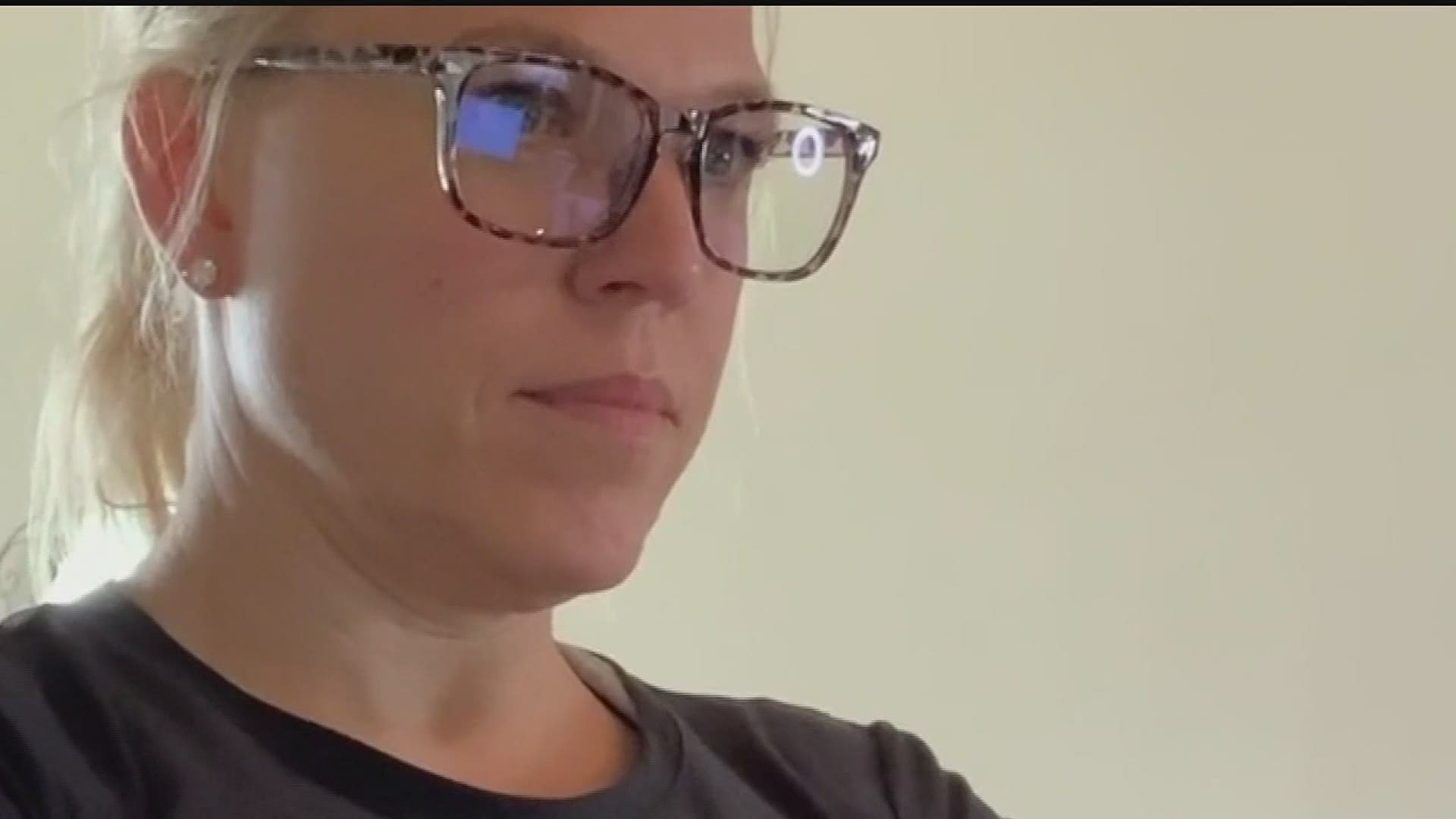YORK, Pa. — Even though your eyes contain the strongest muscles in your body, your eyes can get tired too! Now that we are spending more time on the computer, both adults and children are suffering from digital eye strain without even understanding what's wrong with them.
Common symptoms of digital fatigue include headaches, tired eyes, neck or back pain, burning or stinging eyes, and difficulty focusing for extended periods of time. Julie Wilt works as a Food Broker and Health Coach and spends most of her days looking at numbers on screens. "It's looking at contracts, spreadsheets and data analysis. The days that I'm putting in a lot of laptop work, I definitely was having more headaches and I'm not typically prone to headaches. My eyes get very heavy. I will start to notice I'm squinting even though I have my contacts in," Wilt said.
She isn't alone. As more of us stay connected online, the number of digital eyestrain cases is on the rise. FOX43 talked to Dr. Christine Weld, an Optometrist at Wheatlyn Eye Care in York County to find out more. She said aside from the blurred vision, headaches and neck pain, another side effect of too much screen time is dry eye, caused by people forgetting to blink. "Studies have shown that the blink rate is about half of what it normally would be in other activities," Dr. Weld said.
Dr. Weld said that the biggest concern though, comes from being exposed to the blue light that electronic devices produce, which among other things, can increase the risk of macular degeneration. But there's hope! "Luckily we do have blue light blocking filters and also lenses that can really cut down on how much is reaching your eye. Even if you do not have a prescription you should probably be wearing blue light blocking lenses or filters," she said.
Wilt's daughter suggested she try the blue light blocking glasses, which she now swears by for headache-proof work days. "I've got three pairs, I got mine on amazon. "It takes a lot of the glare off of my screen and it's a crisper look," Wilt happily announced.
No matter what you do, one of the easiest things you can do to feel better is to take breaks away from your device. Dr. Weld suggests people follow the 20/20/20 rule, which she says can really help. Every 20 minutes, take 20 seconds to stare at something 20 feet away. If that doesn't work and you're still struggling, it's never a bad idea to call your doctor and ask to be seen. Most eye practices are still open for emergency situations.

